Curious about the impact of Buddha in Japan? Many seek peace and meaning but find Buddhism hard to understand.
You’re not alone. This guide helps you explore Buddhism in Japan with ease.
Here’s the plan:
- Learn Buddhism’s origins
- Meet key Buddhist figures
- Discover famous Buddha statues
- Explore temples and modern traditions
Start reading now to uncover how Buddha’s teachings bring calm and inspiration to Japanese culture.
Feel connected and inspired by this ancient wisdom!
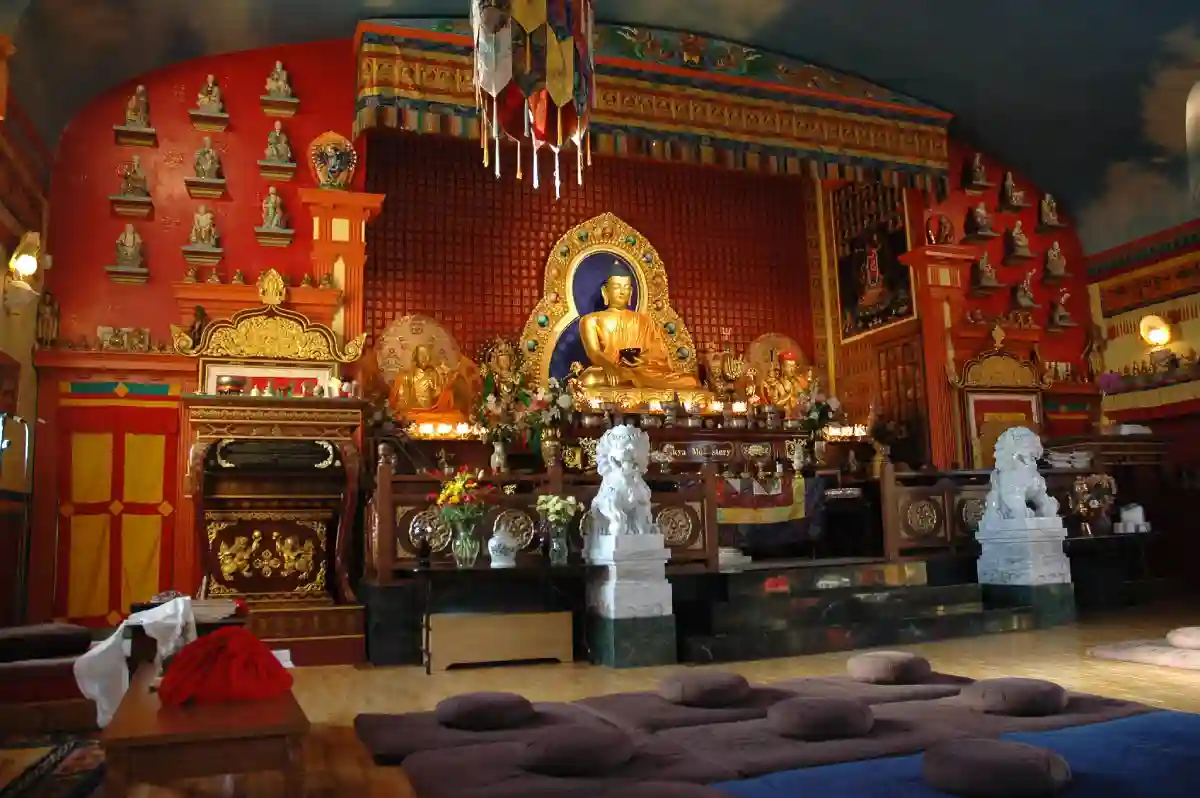
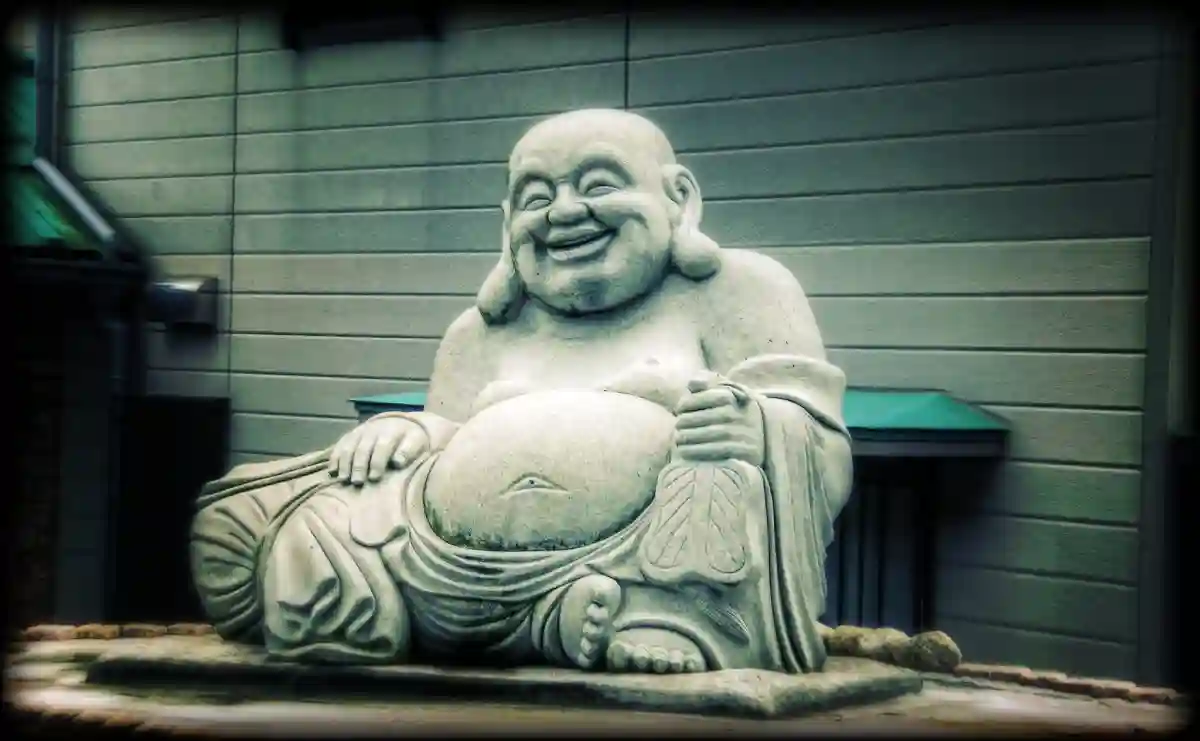
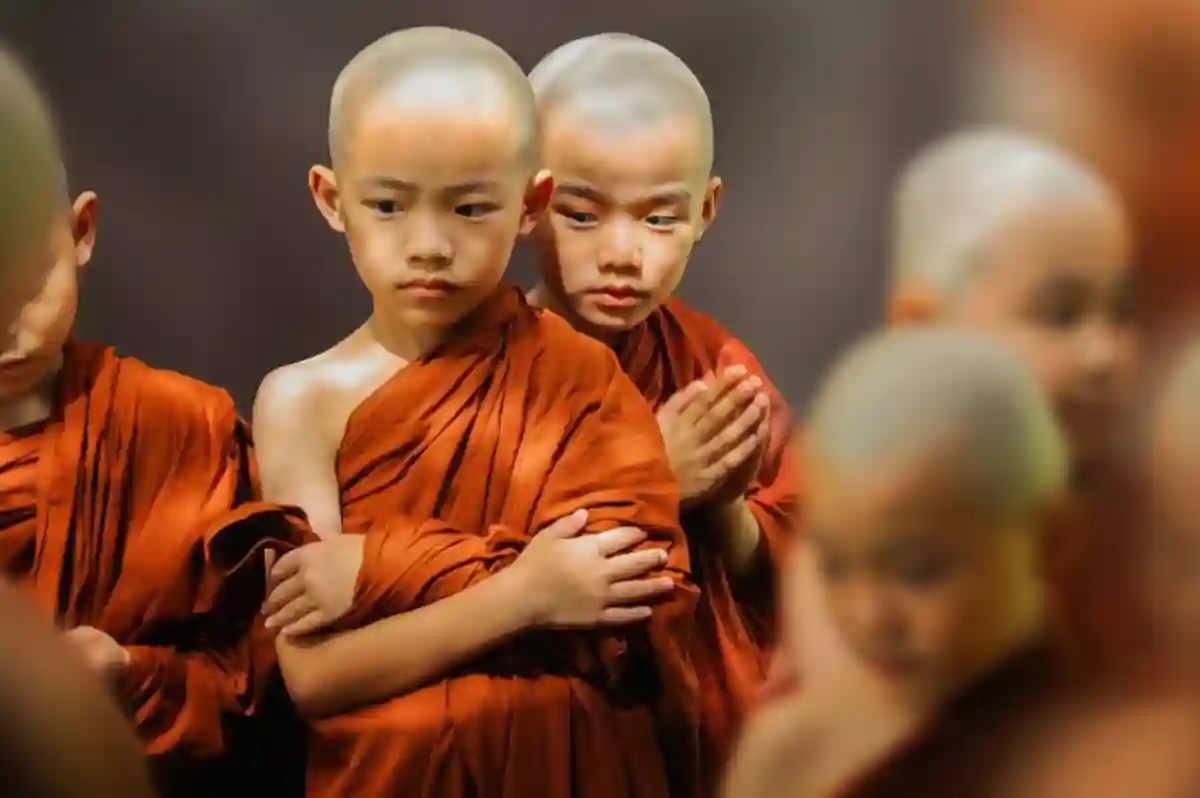
Origins and Arrival of Buddhism in Japan
Buddhism in Japan began over 1,300 years ago. It came from China and Korea. At first, Buddhism entered Japan through the Korean kingdoms. These countries taught Japan about Buddhist teachings and meditation practice.
The religion grew as Japanese Buddhism mixed with local beliefs, such as Shinto. Buddhist institutions were built in the ancient capital cities, including temples where followers could worship and meditate. The influence of China was also strong.
Many Buddhist ideas, statues, and rituals came from China. Over time, various Buddhist sects emerged in Japan, each with its own teachings and meditation practices. Kamakura Buddhism later became especially influential.
The arrival of Buddha in Japan transformed local culture, inspiring new art and ways of life. Iconic Great Buddha statues, such as the Kamakura Daibutsu, reflect this lasting impact.
See Also Buddha’s Birthday Pop Culture Trends
The Meaning of Buddha in Japanese Culture
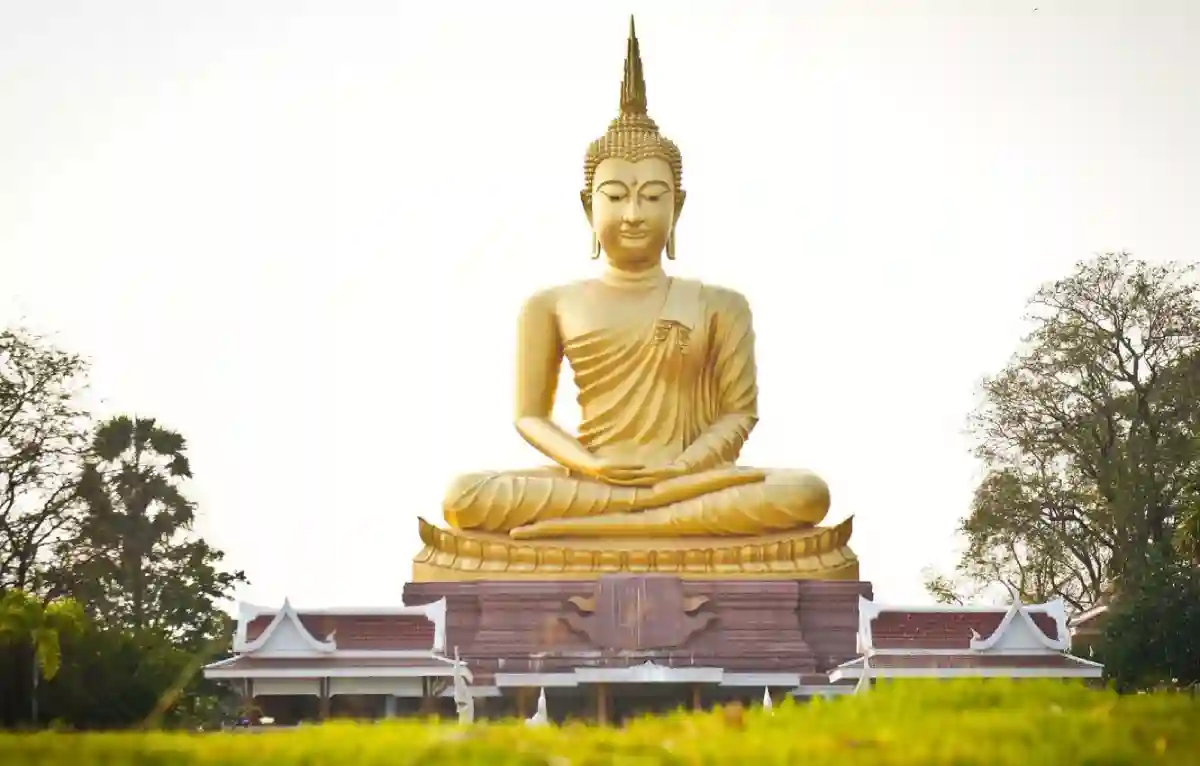
In Japanese culture, the word for Buddha is 仏陀, pronounced Butsu or Hotoke, meaning “awakened one.” It refers to someone who has reached deep wisdom and peace. In Japanese Buddhism, Buddha is a symbol of kindness, clarity, and spiritual balance.
His teachings guide many through meditation practice, offering calm and strength in daily life. Across Japan, Buddha appears in various forms, especially as the Amida Buddha, who represents the Pure Land and salvation.
Buddha in Japan appears in temples, gardens, and open spaces across cities like Kyoto and Tokyo, and quiet mountain regions. Representing both life and death, Buddha offers hope for liberation and inner peace.
Rooted in tradition, Buddhism still shapes art, festivals, and spiritual life, guiding people in today’s fast-moving world.
See Also Buddha’s Birthday
Key Buddhist Schools in Japan

Japan has many important Buddhist schools, each with its teachings and practices. Zen Buddhism is well known for its meditation practice, teaching people to find peace through quiet sitting and self-discipline. Pure Land Buddhism, or the Jōdo sect, centers on Amida Buddha.
Believers pray to Amida in hopes of reaching the peaceful Pure Land after death, a form of spiritual liberation.
Nichiren Buddhism, based on the teachings of the monk Nichiren, emphasizes chanting and faith in the Lotus Sutra. Shingon and Tendai are older Buddhist sects influenced by China. Shingon uses special chants and ceremonies, while Tendai blends various teachings with meditation and study.
These schools have shaped Japanese Buddhism and its many temples across cities and mountains. They remain active and meaningful today, reflecting the rich variety of Buddhist traditions in Japanese culture and religious life.

Major Buddhist Figures and Deities
1. Amida Buddha
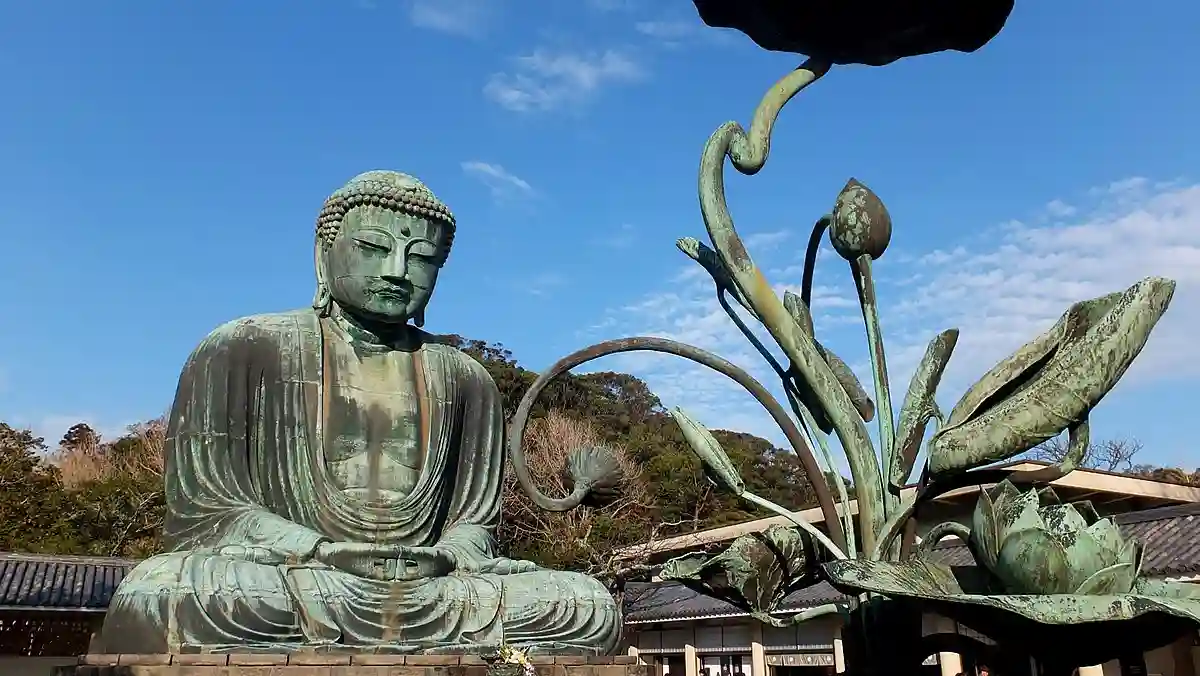
Amida Buddha is very important in Japanese Buddhism, especially in the Pure Land or Jōdo sect. Followers believe Amida made a promise to save all beings and bring them to the Pure Land, a peaceful place without pain or suffering.
Many bronze statues of Amida Buddha can be found in temples across Japan’s cities and gardens. Meditation and chanting often focus on Amida’s name to reach peace and spiritual liberation.
2. Dainichi Nyorai

Dainichi Nyorai is the main figure in Shingon Buddhism. Known as the Cosmic Buddha, Dainichi represents the true nature of the world and universe.
Statues show Dainichi with special mudras, symbolizing wisdom and compassion. Followers connect with Dainichi’s power through rituals and meditation, reflecting the influence of Mahayana Buddhism.
3. Kannon (Bodhisattva of Compassion)
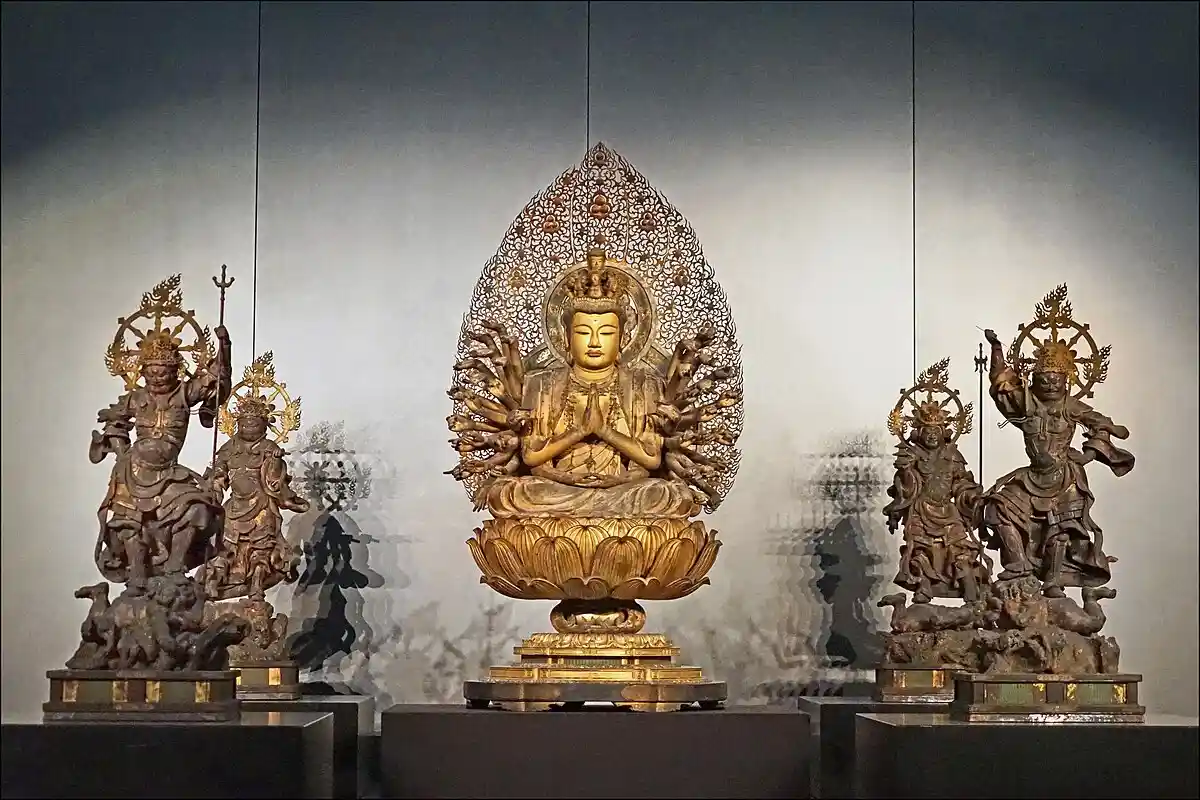
Kannon is a beloved figure in Japanese Buddhism. Known as the Bodhisattva of Compassion, Kannon helps those in trouble and listens to prayers.
Often depicted with many arms or heads to assist many people at once, temples dedicated to Kannon are found throughout Japan’s cities and peaceful mountain areas.
Followers believe Kannon brings mercy and kindness to the world, reflecting Buddha’s compassionate teachings.
4. Historical Buddha (Shaka Nyorai)
Shaka Nyorai is the Historical Buddha from India who taught the path to end suffering through wisdom and meditation. His statues, often bronze, show calm and teaching poses. Many temples honor Shaka Nyorai as a symbol of peace, spiritual guidance, and liberation.
See Also Modern Buddha’s Birthday Experiences
Famous Buddha Statues in Japan
5. Great Buddha of Kamakura

The Great Buddha of Kamakura, or Kamakura Daibutsu, is one of Japan’s most famous bronze statues. Standing about 13 meters tall, it represents Amida Buddha and is located near Kotokuin Temple in Kamakura city.
This open-air statue, exposed to the sky, offers a peaceful and unique experience. Built in the 13th century, it reflects the influence of Kamakura Buddhism and Buddhist institutions, highlighting the importance of Buddha in Japan.
6. Nara Daibutsu (Todai-ji Temple)
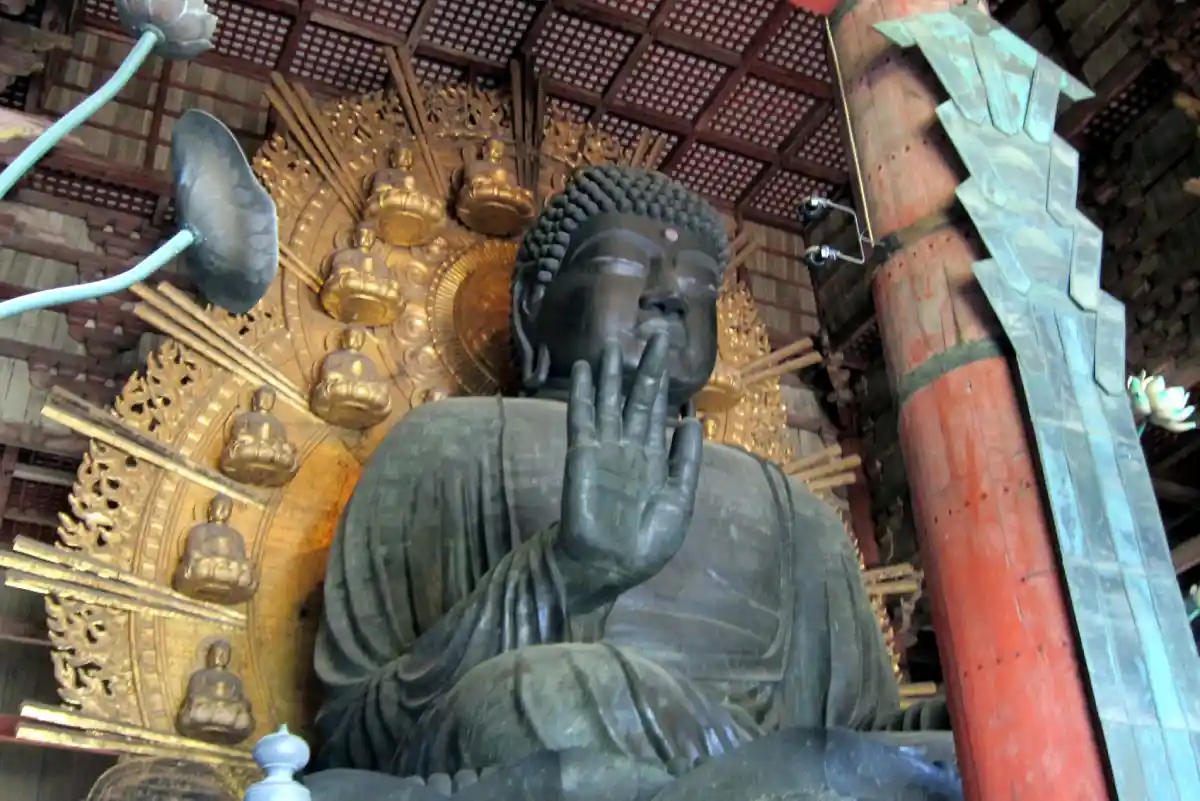
The Nara Daibutsu is a huge bronze statue of the Historical Buddha, Shaka Nyorai, inside Todai-ji Temple in the ancient capital of Nara. Erected in the 8th century, it is one of the largest bronze Buddha statues in the world.
Built to protect the country and spread Mahayana Buddhist teachings, this statue plays a key role in Buddha in Japan. Todai-ji Temple and the Nara Daibutsu remain central to Japanese Buddhist culture and history.
7. Ushiku Daibutsu
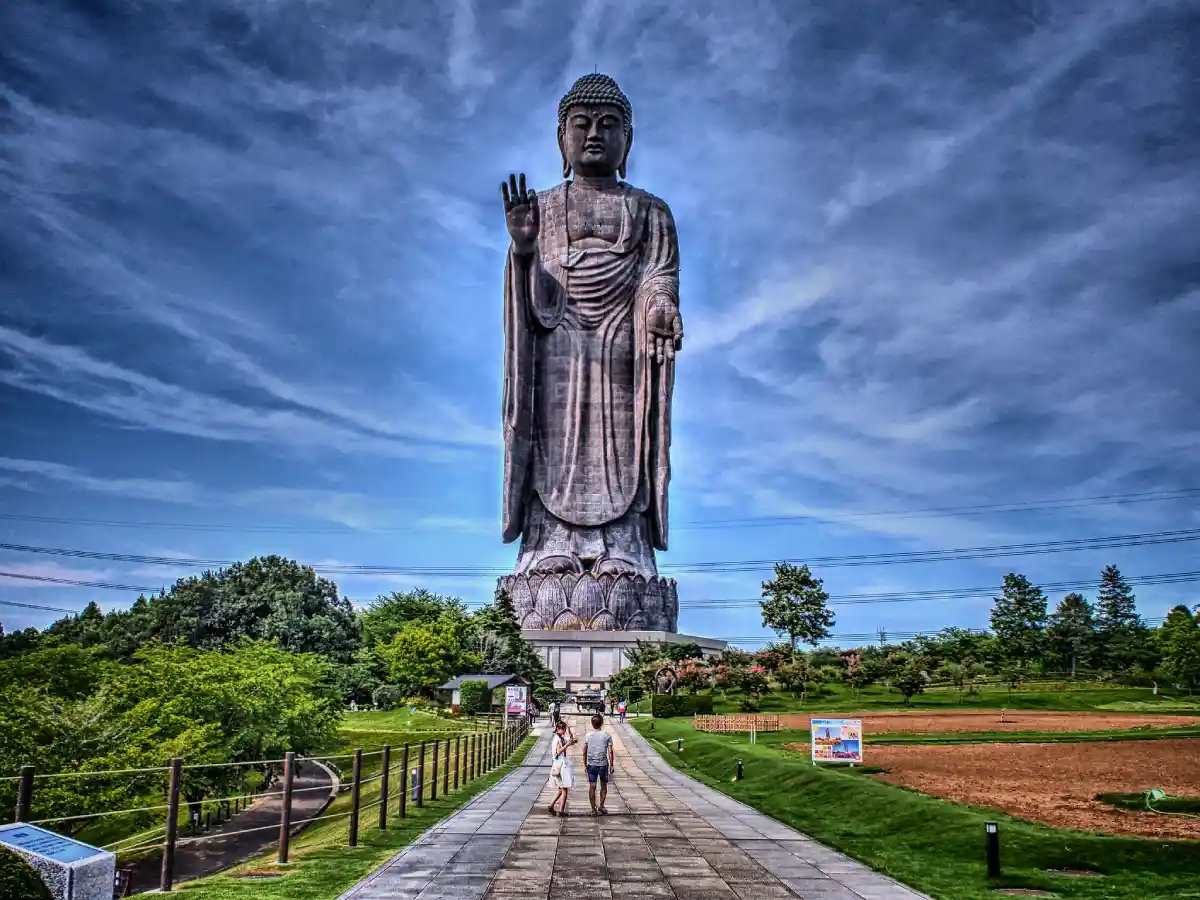
Located in Ibaraki Prefecture, the Ushiku Daibutsu is one of the tallest Buddha statues in Japan, standing 120 meters tall. Representing Amitabha Buddha (Amida Buddha), it was built in 1993.
Inside, several floors showcase Buddhist meditation practices and teachings. This modern statue is a powerful symbol of Buddha in Japan, reflecting his peaceful and compassionate presence in today’s society.
See Also Holiday Traditions in Japan
Temples and Pilgrimages of Buddha in Japan
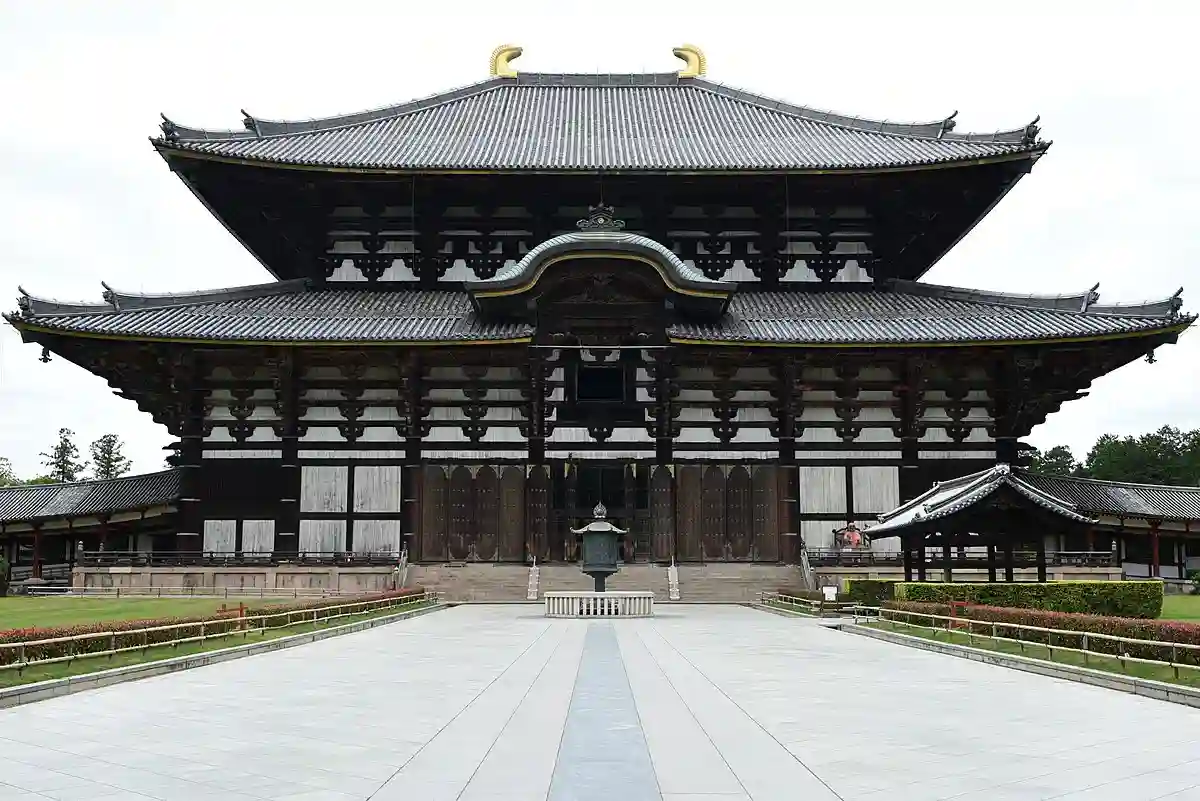
Many temples in Japan attract visitors for worship and pilgrimage. These Buddhist institutions are important for followers and tourists alike. Some of the most visited temples include:
- Kotokuin Temple in Kamakura Shi, home of the famous Kamakura Daibutsu.
- Todai-ji Temple in Nara, where the large bronze Nara Daibutsu is located.
- Hasedera Temple near Hase Station, known for its beautiful gardens and statues.
- Kiyomizu-dera in Kyoto, famous for its wooden hall and city views.
Buddha in Japan is honored through temple pilgrimages, meditation practice, and festivals. Routes near Kamakura Station, Hase Station, and quiet garden paths reflect Japanese Buddhism’s peaceful spirit.
These journeys help followers connect with Buddha, Japanese culture, and the peaceful world of Buddhism.
See Also Japanese Culture
Buddha’s Role in Modern Japanese Society
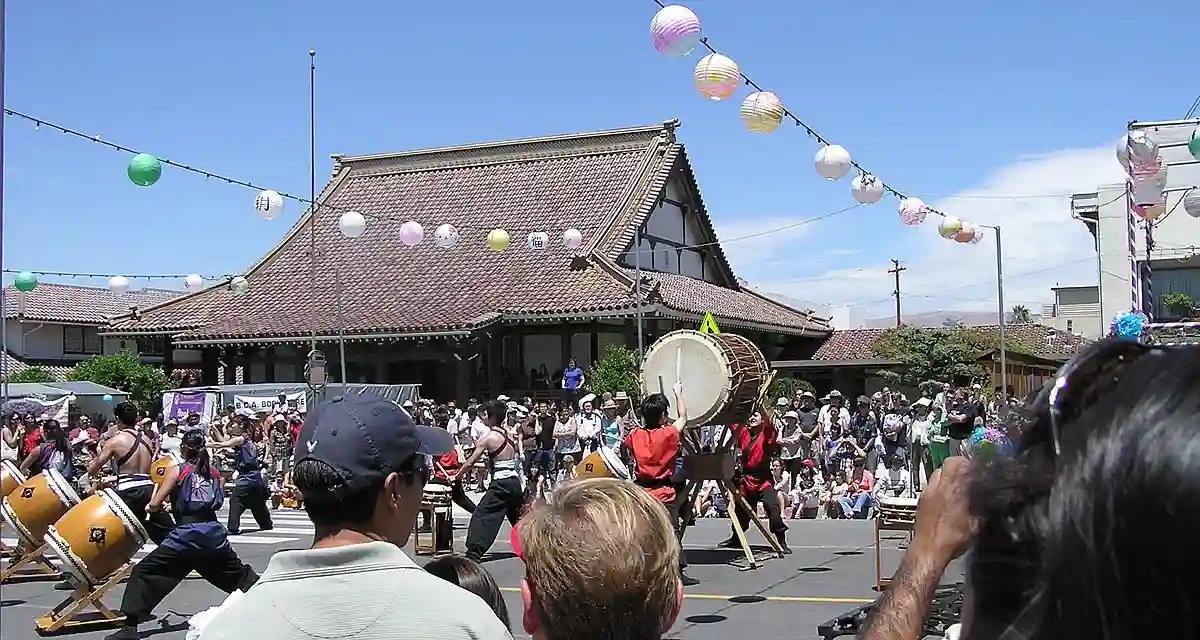
Buddha plays an important role in modern Japanese society. Many cultural celebrations and Buddhist holidays honor Buddha and his teachings. Festivals like Obon bring families together to remember ancestors and reflect on life.
Buddhism influences daily life through meditation practice and visits to Buddhist institutions and temples.
Many people find peaceful moments in temple gardens or during meditation sessions. Even in busy cities like Tokyo and Kyoto, Buddha’s teachings guide people toward calm and respect. Temples near stations such as Kamakura Station and Hase Station remain popular for worship and reflection.
The presence of Buddha in Japan—in art, garden spaces, and religious halls—shows how deeply Japanese Buddhism shapes everyday culture. This peaceful influence reaches across the country, from quiet mountain temples to vibrant city centers, offering moments of reflection and connection in both traditional and modern life.

Buddha in Japan: A Recap
Buddha’s presence in Japan has deeply shaped the country’s culture, religion, and daily life. From the origins of Buddhism brought by China and Korea to the rich variety of Buddhist schools like Zen and Pure Land, Buddha’s teachings continue to guide many.
Famous figures such as Amida Buddha and important statues like the Great Buddha of Kamakura highlight the lasting influence of Buddhism.
Temples, pilgrimages, and meditation continue to play a major role in spiritual life throughout Japan. Through seasonal festivals, daily rituals, and moments of reflection, Buddha’s teachings remain present in both traditional and modern settings.
Exploring Buddha in Japan reveals how deeply these values are woven into cultural and personal practices. The peaceful spirit of Buddhism still offers guidance, comfort, and inspiration to people across the country today.


